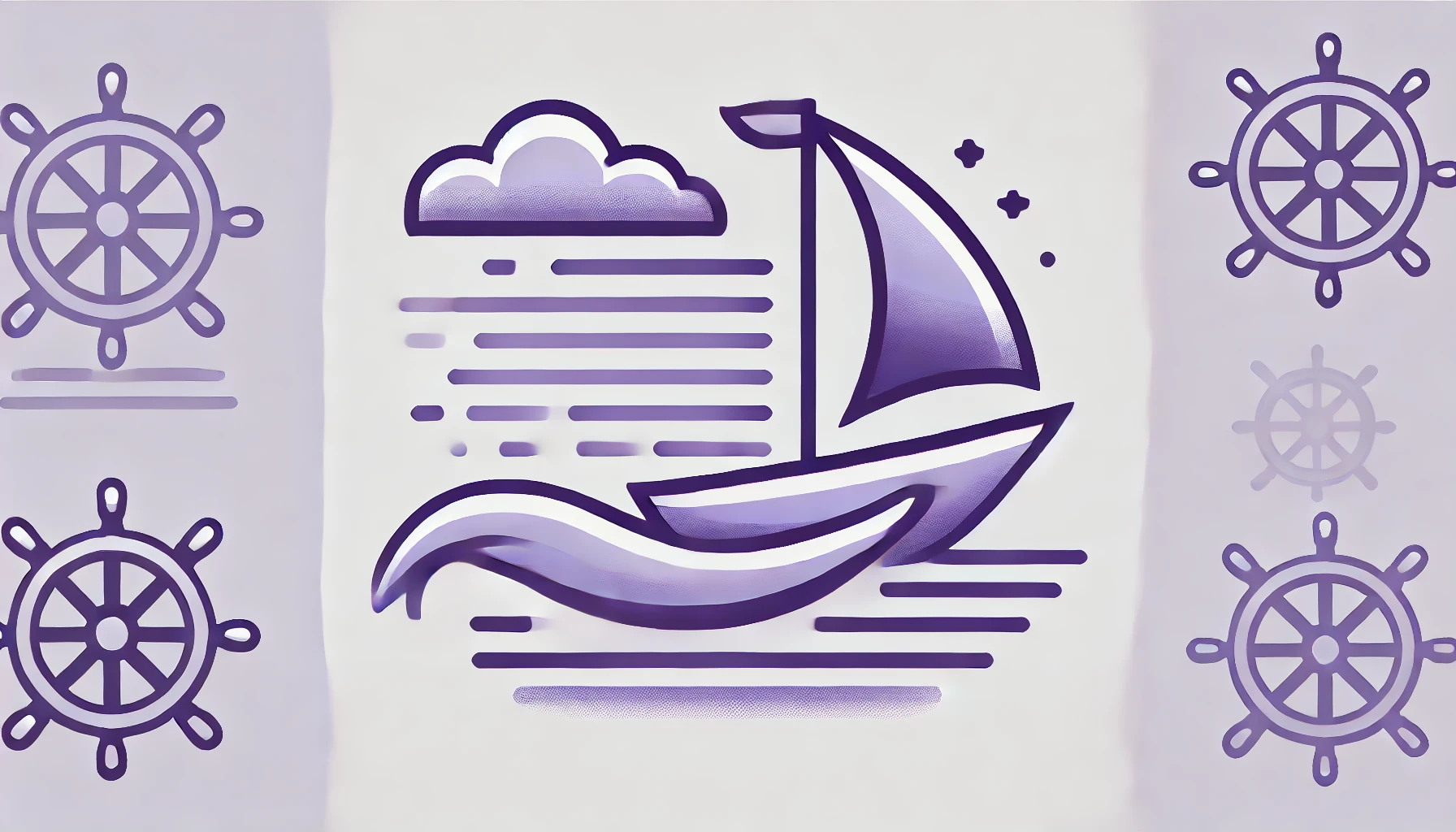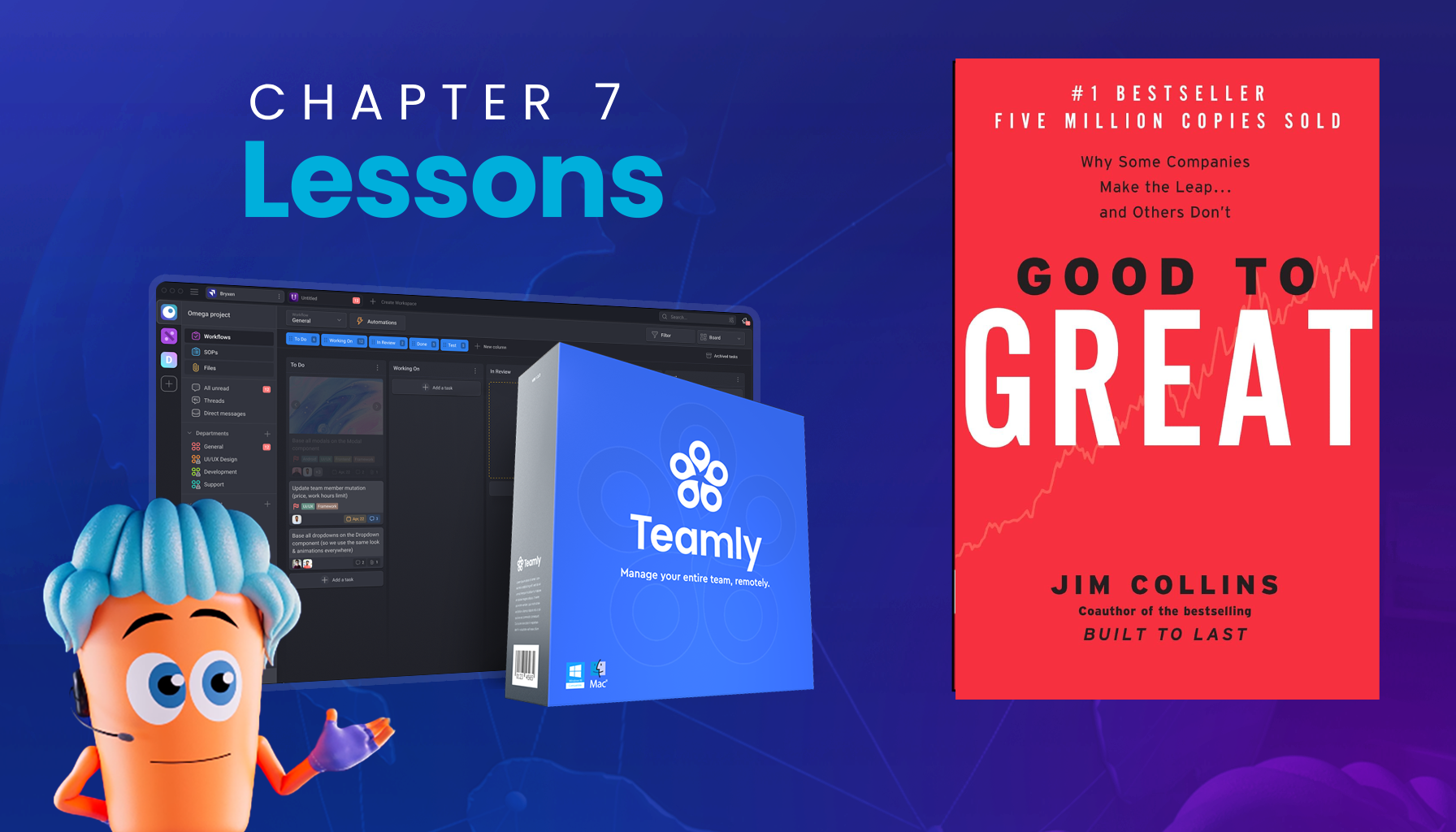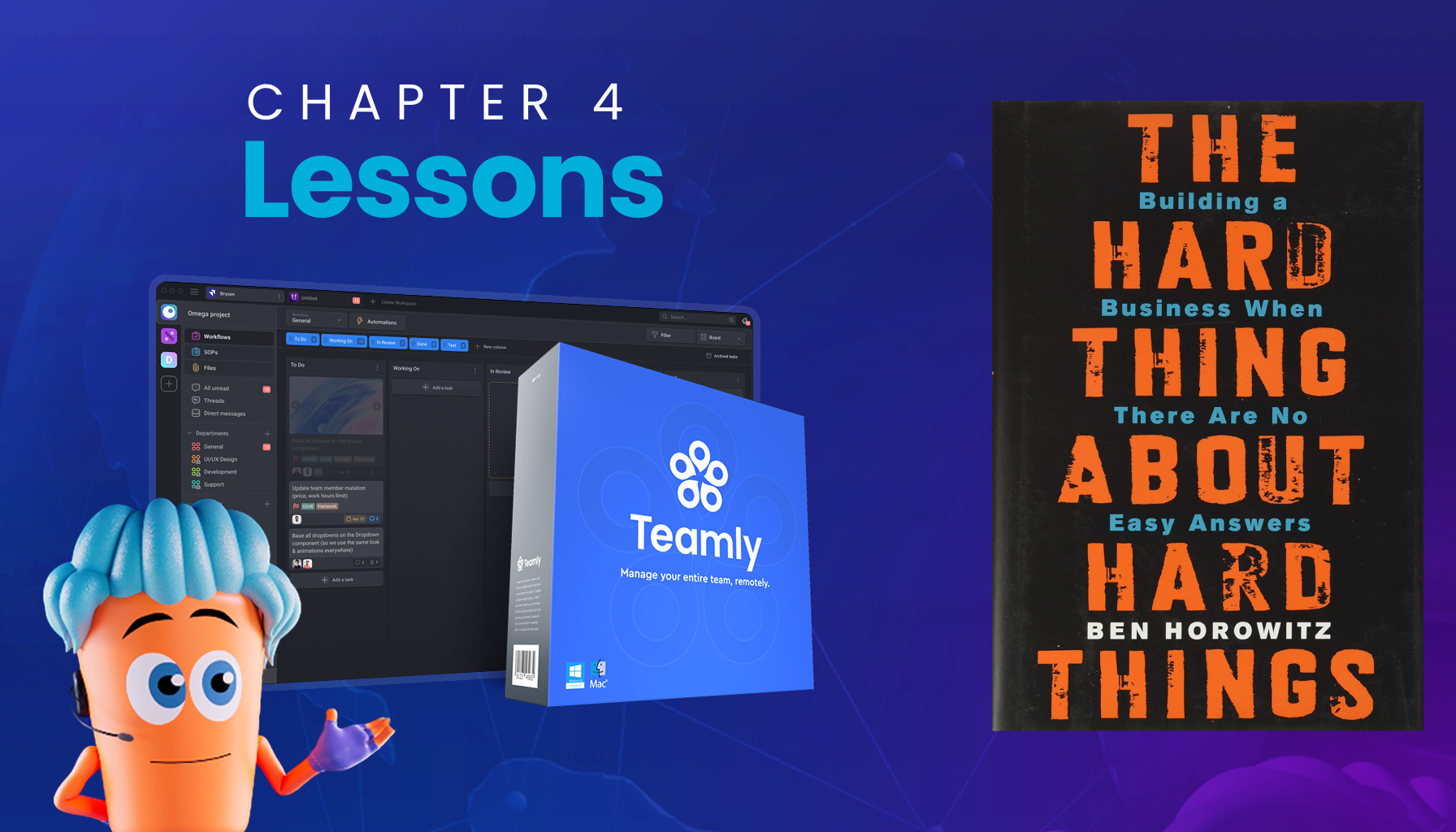
Click the button to start reading
Exploring the Principles of “Good to Great” by John Collins – Chapter 7
What separates companies that achieve greatness from those that remain just “good”? The answer isn’t in chasing the latest tech trends or jumping on every innovation.
As Jim Collins reveals in Good to Great, the true key lies in how companies strategically apply technology—using it as an accelerator, not the starting point.
The Role of Technology: It’s Not What You Think

It might come as a surprise, but in the research for Good to Great, 80% of executives from the most successful companies didn’t cite technology as a primary factor in their transitions from good to great.
The truth is, technology can’t make a company great on its own. It’s simply an accelerator that helps push a company forward once it has a strong foundation.
So, the real question becomes: how can businesses use technology effectively? The answer lies in aligning it with a company’s core values…
Why Technology Should Fit Your Hedgehog Concept

To get the most out of technology, it needs to align with the Hedgehog Concept—a central theme in Good to Great.
The Hedgehog Concept focuses on what a company can be the best at, what drives its economic engine, and what its people are passionate about. For technology to act as an accelerator, it must support and enhance these goals.
Take Walgreens, for example. Rather than rushing to adopt the newest technologies, Walgreens strategically used the internet to enhance its existing business model.
They didn’t view technology as a shiny new toy but as a tool to support their mission: delivering convenience to customers. They linked online ordering with inventory and distribution systems, making customer service seamless while increasing efficiency across stores.
Why It’s Not About Being First—It’s About Being Strategic

One of the biggest lessons from Good to Great is that being an early adopter of technology doesn’t necessarily lead to success.
In fact, many of the great companies Collins studied weren’t first to innovate. They watched, learned, and waited for the right moment. IBM wasn’t the first to develop a commercial computer; Remington Rand did that. Boeing didn’t introduce the first commercial jet; De Havilland did. But it was the thoughtful, strategic adoption of technology that allowed IBM and Boe…
In contrast, companies that react out of fear or excitement without a clear strategy often fail.
The technology bubble of the late 1990s serves as a reminder of how many companies chased new innovations without understanding their long-term fit. The winners, like Walgreens and Nucor, stayed patient, keeping their eyes on their core competencies rather than the hype of the moment.
Use Technology to Accelerate, Not Distract

Companies like Nucor provide a strong example of how technology can be a game-changer—but only when applied with discipline.
Nucor’s mini-mill steel manufacturing revolutionized the industry, yet it wasn’t the technology itself that created Nucor’s success. It was their disciplined management, simple structures, and focus on their workforce.
Technology was only part of the equation, helping to accelerate what was already a well-oiled machine.
This concept is vital for businesses today. It’s easy to be tempted by shiny new technologies—AI, blockchain, automation—but smart companies recognize that technology should never be a distraction from their core purpose.
Instead, platforms like Teamly help teams organize, collaborate, and stay on track while they build the disciplined processes that support their goals. Only once these processes are in place should technology be introduced to…
Technology Without Strategy: A Liability, Not an Asset

Technology in the wrong hands can accelerate a company’s decline just as quickly as it can propel it forward. In Good to Great, the Vietnam War is cited as a cautionary tale for businesses.
The United States had the most technologically advanced military in the world—fighter jets, helicopters, sophisticated communications. However, lacking a coherent strategy, the U.S. failed to win the war, despite its technological superiority.
On the other hand, the North Vietnamese had far inferior technology but succeeded by adhering to a simple, clear concept of guerrilla warfare.
This lesson applies directly to businesses: without a solid strategy, no amount of technology will save a company. It will only accelerate its problems.
What the Data Really Says
Throughout Good to Great, one theme is clear: technology must follow strategy, not the other way around. The great companies didn’t focus on technology first.
They understood their mission, set their goals, and used technology to enhance their efforts—not lead them.
The companies that excelled were those that applied technology to accelerate momentum, not to create it.
By following this philosophy, businesses can avoid the common pitfalls of chasing after the latest tech trends and focus on what truly matters—delivering consistent value to their customers.
For those wanting to understand how companies like Walgreens, Nucor, and others leveraged technology as an accelerator, Good to Great offers a roadmap for success.
If you’re ready to dive deeper into the principles that drive lasting business success, grab your copy of Good to Great on Amazon today.
















